CPAP equipment shouldn’t be neglected. Here are the effects of not cleaning it.
According to estimative data in the field, approximately 18 million adults in the US only struggle with sleep apnea. The majority of these people need to use a CPAP machine on a regular basis in order to get enough oxygen in their lungs and be able to breathe without obstructions. CPAP machines represent medical-grade devices which offer great support to anyone suffering from sleep apnea and other breathing-related complications. Patients who use a CPAP machine will enjoy a better and more restful night of sleep so that they can enjoy a better everyday life.
However, if your CPAP equipment is not sanitized on a regular basis, you are exposed to certain health risks. Using a dirty CPAP comes with serious repercussions upon your health. Maintaining your CPAP equipment clean and sanitized at all times is just as important as using the machine according to the instructions and prescription details offered by your physician.
The CPAP unit comprises several parts such as the main device, the humidifier and the humidifier water chamber, mask and the tubing system. It is important to keep in mind that all the CPAP parts that come in contact with water will actually be at risk of developing dangerous mold, breeding viruses and bacteria. The bacteria can reside inside the tubing for example and then whenever you take a breath through that dirty tubing, you expose yourself to great health risks. This is why all these CPAP parts need to be not only cleansed with water and a mild detergent but also disinfected on a regular basis. Remember that disease-carrying pathogens live and thrive in moist and warm environments. The tubing of your CPAP represents the perfect environment for these pathogens to grow and ultimately harm your health.
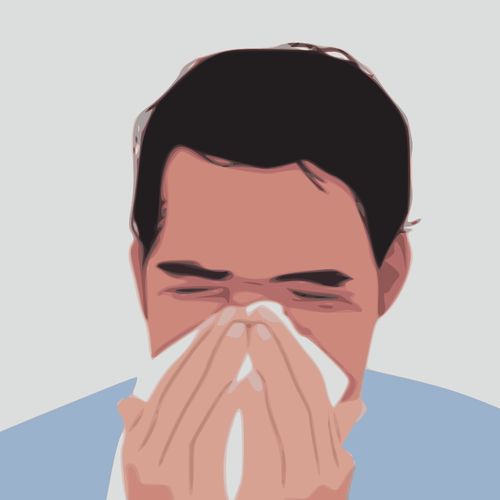
There are several health problems that could arise if you inhale warm and moist air that contains bacteria, mold, yeast and different pathogens. The most common health issues associated with the use of dirty CPAP equipment include:
- Respiratory Infections- pharyngitis, laryngitis, otitis media, sinusitis, the common cold/influenza
- Sinus Infections- that may take entire weeks of antibiotic treatment in order to fully cure
- Pneumonia- an inflammation of the air sacs in either one or both the lungs. Pneumonia implies difficulty in breathing, chills, fever, coughing with phlegm and other complications
- Cough- even a common cough can be extremely annoying. You cannot sleep well or perform your everyday tasks because of a cough that could last even up to 6 weeks
- Pneumonitis- inflammation of the lung tissues. It is a noninfectious case of lung inflammation, but it could take several weeks of treatment in order to become fully cured.
- Acne, soreness, peeling skin- all these irritations might be easily caused by a dirty mask. The skin cells and oils that collect on your mask can be easily absorbed by your skin leading to all sorts of breakouts and irritations. If you notice that your skin is read, itchy, covered by acne or breakouts it is definitely time to thoroughly disinfect your mask.
- Allergic reactions- sneezing, irritations of the eyes, headaches, throat or nose irritation. All these might be signs of an allergic reaction, and this also means the reaction might be caused by dirty CPAP equipment. Bacterial or fungal infections need to be treated with antibiotics.
As you can easily note, there are quite a few serious repercussions of using dirty CPAP equipment. You can easily avoid all these health problems with a little precaution. Make sure to follow all the important CPAP hygiene practices and then you do not have to worry about even more respiratory problems caused by bacteria, mold, yeast, or different pathogens.
Use distilled water in your humidifier chamber
Many patients opt for using regular tap water in their humidifiers. This is wrong because tap water is extremely rich in minerals which will ultimately lead to scale deposits in the chamber. As scale builds up, it can easily happen that mold will start to appear as well. Mold can easily make its way into these mineral deposits (scale) and you are only one step away from inhaling mold through your tubing and mask. Always ensure that you have enough supplies of distilled water so that you will never have to use tap water instead.
Heated CPAP Tubing- the best choice
Heated tubing helps ensuring that you will inhale air at comfortable temperatures and that you do not have to inhale air that is too cold. However, yet another important role of a heated tubing is that it will prevent condensation. By preventing condensation from forming inside the tubing, you also avoid the risk of bacteria growth or mold growth inside the tubing. When you purchase parts for your CPAP, look for a heated tubing option. It requires a slightly bigger investment, but it is definitely worth the investment.
CPAP Filters should be replaced on a regular basis
Each manufacturer of CPAP units and supplies will always specify that certain parts need to be replaced at given intervals- whether they are worn out or not. It is of primordial importance to replace your CPAP filter just as recommended by the manufacturer. These disposable filters should be replaced at least once per month, while the reusable ones should be replaced every six months. If you are struggling with certain allergies, then you should replace the filters at even shorter intervals.
The role of the CPAP filters is to remove certain allergens from the environmental air. If you do not replace these filters on a regular basis, the filter cannot perform its job efficiently and over time it might also become contaminated by bacteria.
Regularly clean CPAP mask & replace silicone cushions
Stay away from infection risks by regularly cleaning your CPAP mask. You should wash your mask in a mixture of warm water and a mild detergent. In periods when you have the flu or colds, you should perform this task every single day, or even in between usages. Even though you clean your mask and cushion properly, they will need to be replaced at given intervals. Whenever you see signs of wear and tear, it is time to buy a new mask, cushion or any other replacement part that you need.
• Replace your mask every six months
• Replace silicone cushions every 3 months
Always empty the water chamber
You do not want your water chamber to become a thriving ground for bacteria and viruses. This is why you should empty your water chamber every single day. Not only that, but you should wash the chamber using warm water and a mild detergent and then refill with fresh water for the next treatment session. When you allow that water to sit too much in the chamber, you also give room for the bacteria to start multiplying.
CPAP equipment disinfection is important
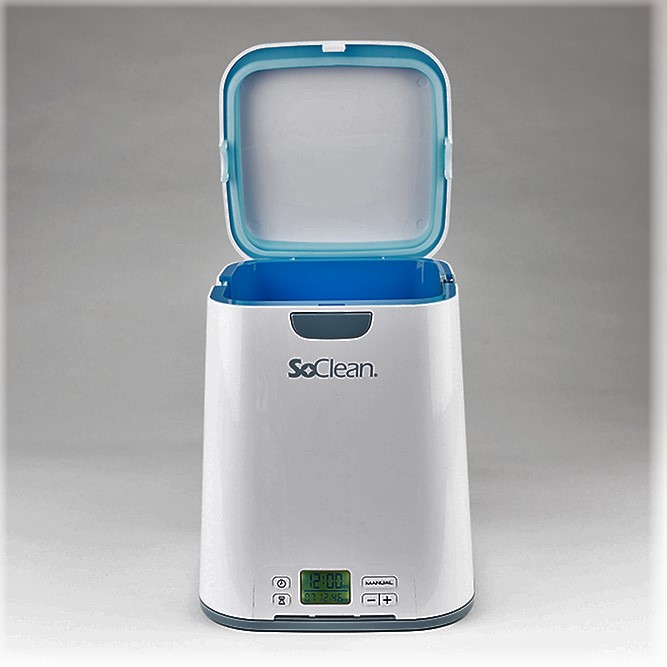
Besides cleaning your CPAP equipment using water and detergent, you should disinfect everything at least once a week. Especially if you are using your CPAP for long hours every day, it is extremely important to perform disinfection. You can achieve this by investing in a CPAP cleaner that uses ozone for example. Then, you can rest assured that all your CPAP parts are disinfected properly. CPAP sanitizers require a small investment and this sanitizer will help you ensure that you are breathing pure and clean air without being exposed to the risk of health issues.
Mold and bacteria can also be caused by the fact that dead skins from your face or oil/grease from your face enter the mask, tubing, and so on. Besides keeping your CPAP equipment clean, you should also ensure to thoroughly clean your face with a special wipe before putting on the mask. With this step, you will ensure that dead skin cells and grease are thoroughly removed.
Sore throat, sinus infections, pneumonia- these are all health hazards that can happen because your CPAP picks up all sorts of allergens and even germs from the surrounding air. Keep your CPAP equipment clean and disinfected at all times and then you will avoid developing these health problems.
Thoroughly inspect your CPAP & Equipment
It is not at all difficult to tell if your CPAP is dirty and should be thoroughly cleaned/disinfected. For example, if you can sense a bad smell coming from your mask or tubing, it is definitely time for a thorough cleaning. You may even smell mold and then you should immediately take action. Never use a CPAP machine when you can already sense a bad smell coming from the mask/tubing.
Don’t forget to clean your main CPAP unit from the accumulated dust. In case the filters look dirty and somewhat discolored you should either clean or better replace them as soon as possible. Inspect the tubing for any discolorations or residues, and also clean it or replace it.
CPAP Sanitizers- the best investment for CPAP users
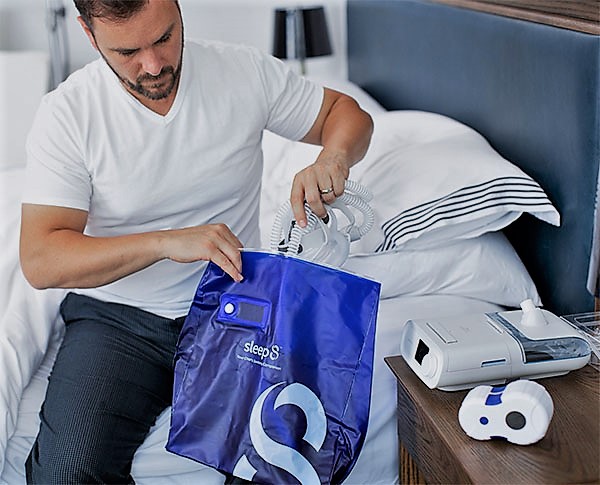
The market is abounding in highly efficient CPAP sanitizers. They will thoroughly disinfect all the parts of your CPAP equipment, so that you can enjoy a risk-free oxygen therapy each time. Washing the mask or the tubing of your CPAP is not the same as disinfecting it. The sanitizer units will use Ozone to perfectly disinfect your CPAP equipment in 5 or 10 minutes. The sanitizer will kill all bacteria, germs, viruses and possible pathogens that may reside within the tubing or the mask. For example you can check the Sleep 8 CPAP Cleaner that is easy to use and easy on the wallet.
You just need to place the CPAP supplies in the drawer of the sanitizer, press the button and let the sanitation process begin. The sanitizer takes up very little space on your nightstand or the bathroom counter. They operate quietly and most of them can be safely used to sanitize other household items such as your dentures, children’s toys, toothbrushes, etc.
You can opt for a sanitizer using UV light or Ozone. Both methods are safe and capable of killing up to 99.9% of the bacteria and viruses residing within your CPAP equipment. Activated oxygen or Ozone is also used as a disinfection process in hospital environments.
Replacement schedules are important
CPAP machines do not represent investments for a lifetime. In order to get the best benefits from your therapy, you need to replace CPAP parts at certain intervals. However, it is also recommended to replace your CPAP machine every 5 years. The reason? Technology and innovation is advancing, and every few years there will be an even better performance machine available that will offer you even more comfort and compliance. In order to stay up to date with the most efficient oxygen therapy solutions, it is definitely worth browsing the market to see what’s new and what could help with your condition even better.
Carefully read the instructions for every part of your CPAP equipment. When your manufacturer suggests you should replace a cushion every three months, you should do so. Do not wait for the cushion to deteriorate and use it that way causing leaks, irritations, and other issues.
Dirty CPAP machines can cause a lot of complications. You can prevent almost any health issue if you maintain your CPAP clean ad sanitized. By using a dirty CPAP, one problem can easily lead to another. For example, sinus problems can lead to severe morning headaches and a small skin rash can develop into a dangerous bacterial infection. Faulty CPAP equipment can also lead to problems. Mask leaks can lead to excessive eye dryness or dry mouth.
Learning how to use your CPAP treatment correctly is not everything. You should also care for your CPAP equipment, inspect it regularly and keep it clean at all times. If you invest a little effort into performing these tasks, you can rest assured that you will not have to struggle with health complications caused by contact allergies, dirty tubing, or breathing mold-contaminated air because of a dirty water chamber. Invest quality time into research and purchase all the necessary cleaning tools such as wipes, special detergents, and a quality CPAP sanitizer. Enjoy the clean air!



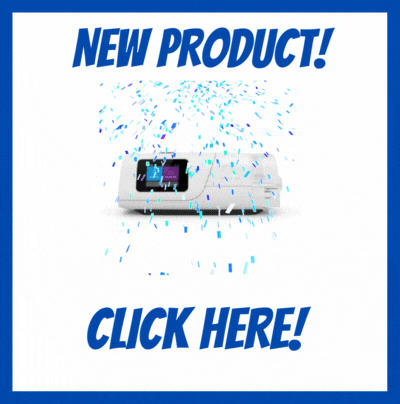

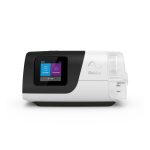
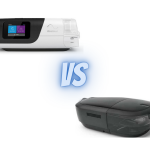
Daniel
October 20, 2021 12:09 amBe careful on the sanitizing machines. Especially if you have one of the Phillips machines made before June 2021 (including all the white dream stations). They may void warranty on other makes as well.